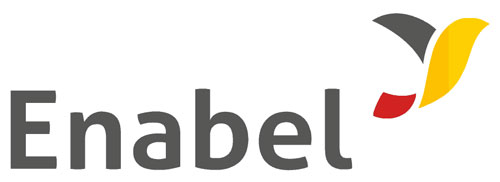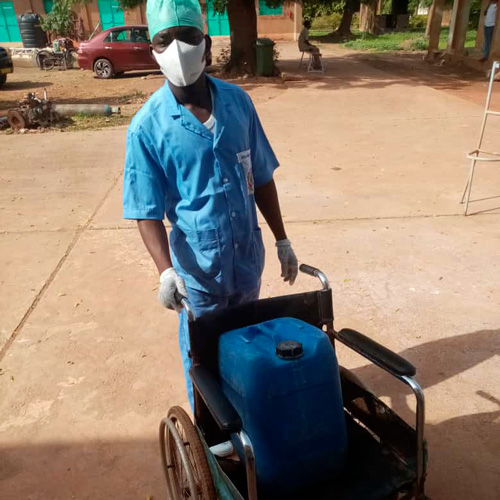
THE PROBLEM:
WORLDWIDE, 2 BILLION PEOPLE
use a water source contaminated with feces, and every year the subsequent diarrhea kills about half a million people*.
1/4 OF HEALTH CENTRES
do not have access to safe drinking water, and 10% have no sanitation**.
* WHO – 2022 ** WASH in HCF – 2022
Chlorine can eliminate
99.9% OF PATHOGENIC MICRO-ORGANISMS IN WATER
and protects water from microbial recontamination during transport and storage. The WHO also recommends:

a concentration of residual chlorine in drinking water between 0.2 and 0.5 mg/L at distribution points.

Disinfection with chlorine after cleaning surfaces, to prevent the spread of disease in a hospital setting (nosocomial diseases).
HOWEVER,
for logistical reasons, the accessibility and quality of chlorine is often not guaranteed in remote areas.
Our solution:
PRODUCE CHLORINE LOCALLY, SIMPLY, AND SUSTAINABLY WITH
WATER,
SALT,
AND SUN.
With basic and inexpensive supplies available everywhere: clear water and kitchen salt, the WATA technology makes it possible to produce active chlorine at a concentration of 5 g/L even in the most remote areas.















